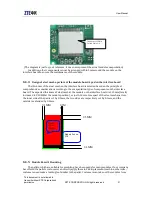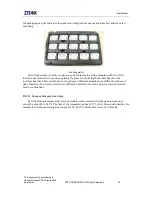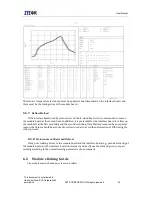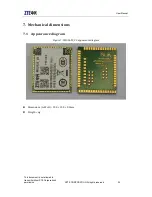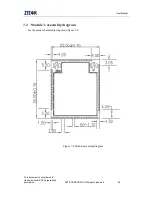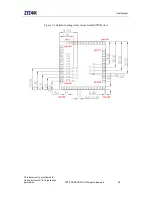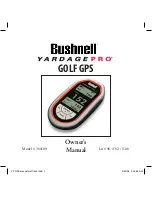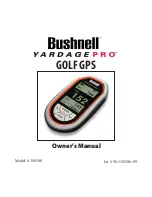
User Manual
This document is not allowed to
transmit without ZTE Corporation
’s
permission
©ZTE CORPORATION All rights reserved
30
6
Module Board’s Mounting Process and
Baking Guide
6.1
Module’s mounting process
Now with the increasing number of module board products in our company, customers have
encountered numerous welding problems of module boards during the process of using the products.
Therefore, we specially formulate the guide to the module board’s mounting process for customers in
order to ensure the FTT of soldering at the client-end. The current standard of flatness in our
company is 0.15mm (measurement method: put the module at the marble surface, use the feeler
gauge to measure the clearance width at the maximum cocked position. Do not exert a force on the
module during the measurement). If there is any question, please contact the relevant staff in our
company. The module must be baked at 125
℃
for 8 hours prior to second reflow.
6.1.1
Process Routing Selection
As our module boards are manufactured with the lead-free technology and meet the ROHS
requirements, we recommend that the lead-free manufacturing process should be used upon the
selection of process routing for module board and interface board.
6.1.2
Solder Paste Selection
The solder pastes with metal particle TYPE3 and TYPE4 can fulfill the welding requirements. It is
accordingly recommended to use the no-clean solder paste. If the solder paste which needs cleaning
is used, we cannot guarantee the components on the module board could withstand the washing of
the cleaning solvents. This might cause the functional problems of such components and affect the
appearance of the module. Make sure the thickness of solder paste at the module’s PAD is between
0.18mm and 0.2mm during the printing.
6.1.3
Design of interface board’s PAD & thicknesses of green oil and white oil at the module
on the interface board
For the design of interface board’s pad, please refer to the standard pad design recommended by
ZTE Mobile Telecom Co., Ltd. It is recommended that the sum of the thickness of the green oil and
white oil at the module on the interface board should be less than 0.02mm because the greater
thickness would affect the welding quality of module board and interface board.
















